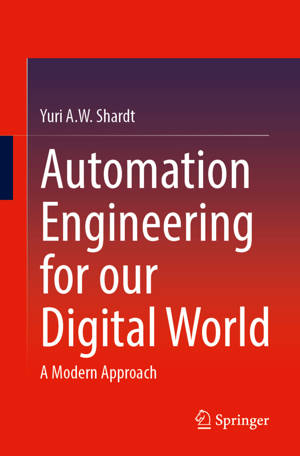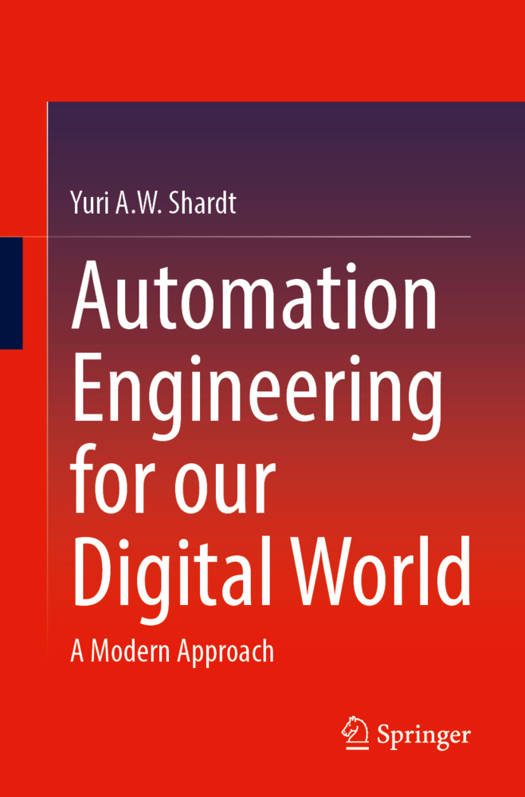
- Afhalen na 1 uur in een winkel met voorraad
- Gratis thuislevering in België vanaf € 30
- Ruim aanbod met 7 miljoen producten
- Afhalen na 1 uur in een winkel met voorraad
- Gratis thuislevering in België vanaf € 30
- Ruim aanbod met 7 miljoen producten
Zoeken
€ 68,95
+ 137 punten
Omschrijving
This textbook presents a thorough introduction to the topic of automation engineering covering such topics as the selection and design of sensors and actuators, modelling complex processes using state-space and transfer-function models, designing control strategies, such as PID control, feedforward control, and complex model predictive control, PLCs and how to programme them, and process safety. As industry becomes more interconnected and tightly controlled with an increasing emphasis not only on profit but also on safety and the environment, there is an urgent need to understand how processes can be automated and controlled. Process automation is a complex procedure that requires understanding and modelling the process, developing an appropriate automation strategy, and finally, testing and validating it. These topics are presented rigorously with detailed examples that cover all the most commonly encountered situations. Questions at the end of the chapter expand the reader's knowledge and understanding of the topics at hand.
Specificaties
Betrokkenen
- Auteur(s):
- Uitgeverij:
Inhoud
- Aantal bladzijden:
- 286
- Taal:
- Engels
Eigenschappen
- Productcode (EAN):
- 9783031923937
- Verschijningsdatum:
- 13/07/2025
- Uitvoering:
- Paperback
- Formaat:
- Trade paperback (VS)
- Afmetingen:
- 155 mm x 235 mm

Alleen bij Standaard Boekhandel
+ 137 punten op je klantenkaart van Standaard Boekhandel
Beoordelingen
We publiceren alleen reviews die voldoen aan de voorwaarden voor reviews. Bekijk onze voorwaarden voor reviews.











